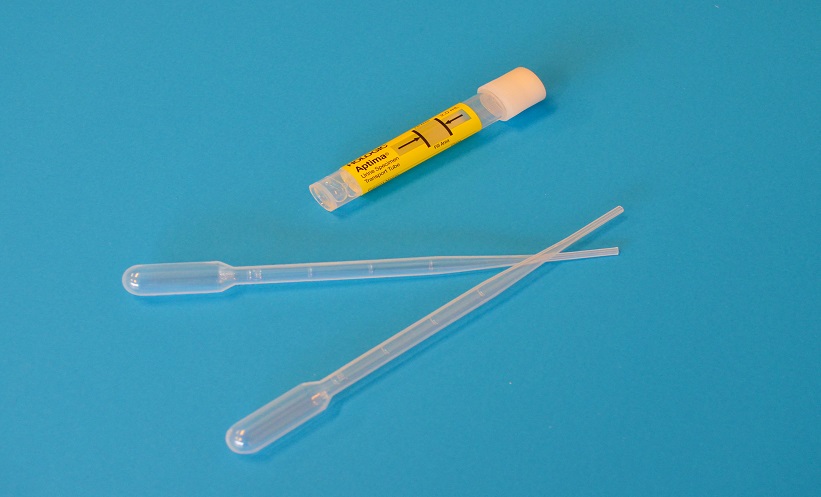URINE biopsies could form the basis of a faster and less invasive method to diagnose and monitor tumour growth in bladder cancer, according to a study led by academics at the Washington University School of Medicine, St. Louis, Missouri, USA.
The standard of care for patients with muscle-invasive bladder cancer is chemotherapy, followed by radical cystectomy. Although bladder removal reduces the risk of the cancer returning, it significantly impacts quality of life. Certain individuals may respond well to the initial chemotherapy and not need to have the bladder removed. However, the inability to evaluate minimal residual disease noninvasively limits healthcare practitioners’ ability of to offer bladder-sparing treatments. Now, the urine biopsy that Aadel Chaudhuri, Assistant Professor of Radiation Oncology, Washington University of Medicine, and senior author of both papers, and collaborators have implemented could detect whether neoadjuvant chemotherapy has eradicated the tumour and therefore help a subset of patients avoid major surgery to remove the bladder.
The researchers analysed DNA found in the urine of healthy people and those with bladder cancer treated with chemotherapy. After chemotherapy but before radical cystectomy, the investigators identified residual tumour DNA in the urine of patients with cancer that would otherwise go undetected. All patients underwent surgery to remove the bladder. Tumour DNA was found in the urine of patients whose bladders were later found to still show remaining tumour, even after chemotherapy. Conversely, no tumour DNA was found in the urine of patients who had complete responses to the chemotherapy.
Although the test is not yet sensitive enough to guide treatment decisions, Chaudhuri believes that, with further refinement, this approach will ultimately facilitate the identification of patients who can keep their bladders after chemotherapy. “For bladder cancer, if a urine biopsy can detect whether the early chemotherapy totally eradicated the tumour, it could help some patients avoid major surgery to remove the bladder,” summarised Chaudhuri.







